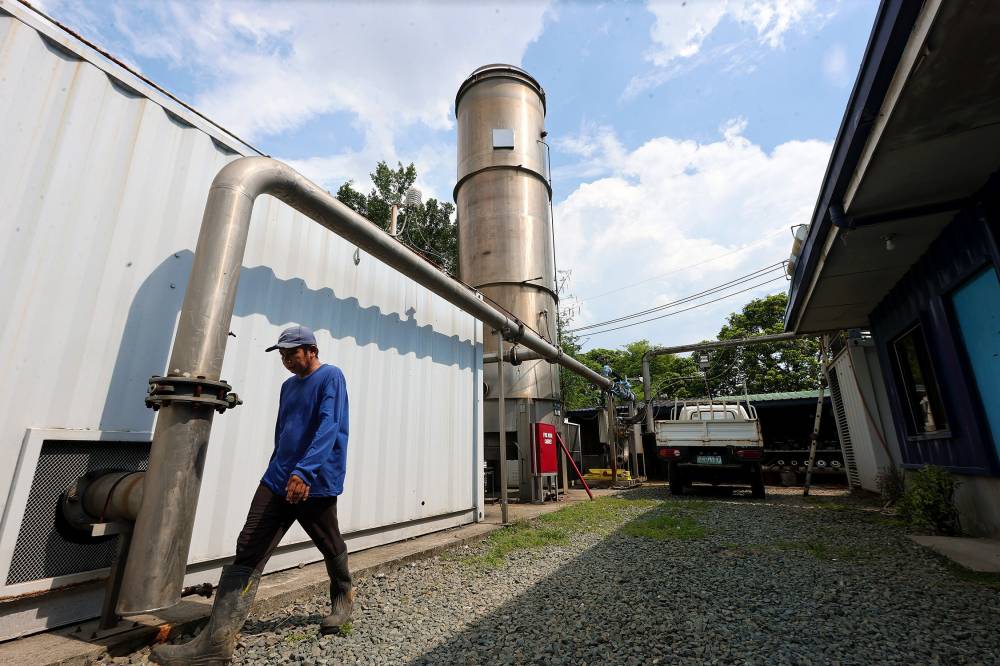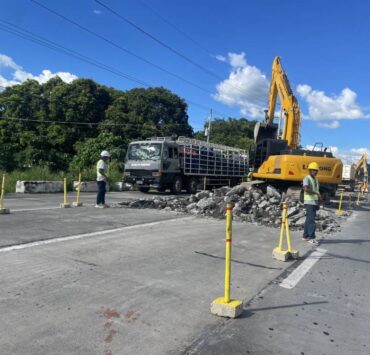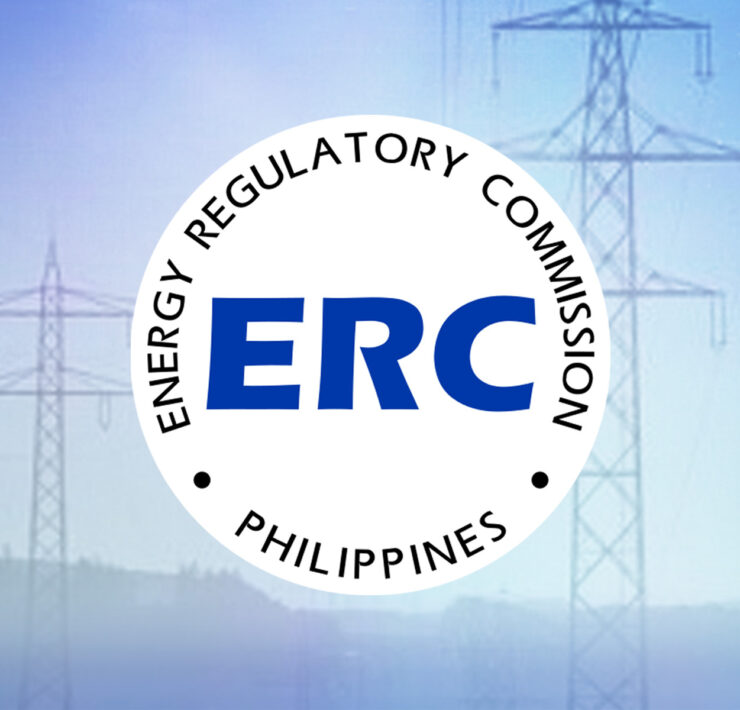Funding woes hamper PH clean energy startups

While homegrown startups focused on clean energy have been growing in the past years, the market continues to lag most of Southeast Asia due to the dearth of investments from big power sector players, according to a business incubator group.
In a roundtable discussion on Wednesday, New Energy Nexus (NEX) presented its latest report, entitled “The 2024 Philippine Clean Energy Innovation Ecosystem,” where it showed that the number of clean energy entrepreneurs has risen to 91 from 15 in 2020.
The capital region houses the largest chunk of the startups at 34 percent, followed by Northern Mindanao and Calabarzon with 14.5 percent and 16.5 percent, respectively.
Nearly half of startups are in renewable energy generation, while others are in e-mobility, energy access and waste management sectors.
By 2030, an official said the group hopes the country would have around 300 startups in this field, at par with Indonesia and Vietnam.
However, their access to networks, funding, as well as testing facilities remains lacking, according to Brenda Valerio, country director at NEX Philippines.
She said these startups lack financial capacity “at the most critical part,” which includes prototyping, or the process where the developer creates a draft of a product before pushing for the final design.
Asked about the capital requirements, Valerio said funding needs may range from P300,000 to P5 million.
Currently, these startups mainly depend on grants from the government, although still insufficient to cover most, if not all, clean energy businesses.
She added that existing power firms with established footing in the energy sector choose companies with “mature technology” over the local ones as these corporations are “risk-averse.”
However, she maintained that several startups can now provide “complementary solutions” that these companies can tap into.
“They won’t eat up the market of the big players… what they’re mostly offering are complementary solutions to what these corporates need,” she said.
“If not complementary solutions, they’re also addressing gaps in areas that the bigger players find it not too economical to solve,” the official said, citing an example of energy storage solutions for folk communities.




















